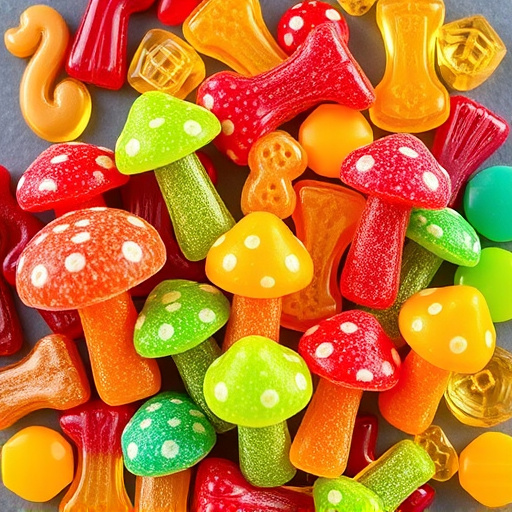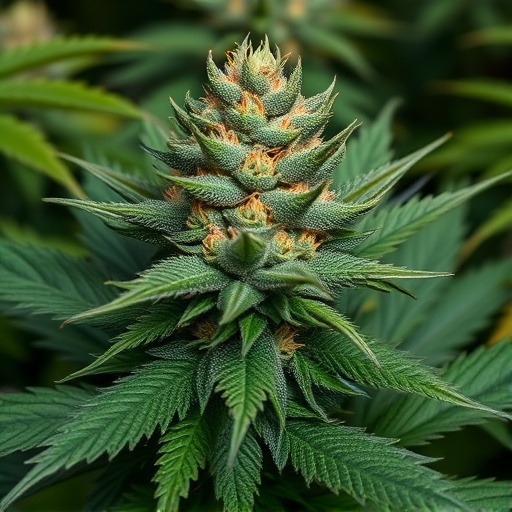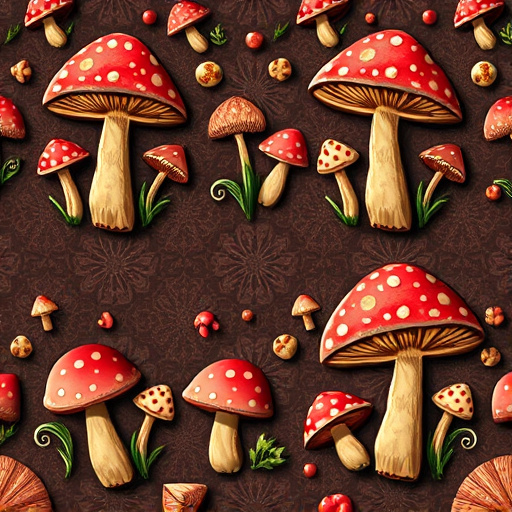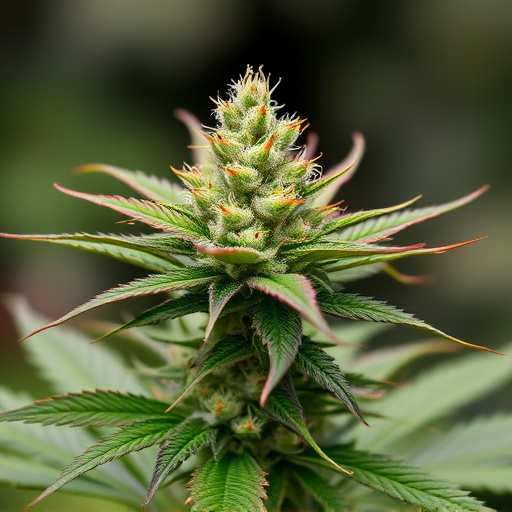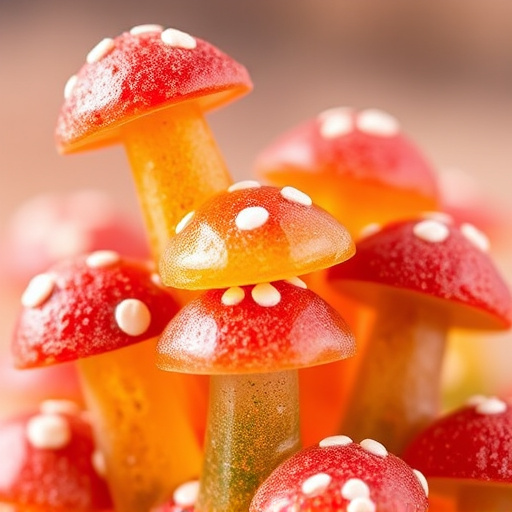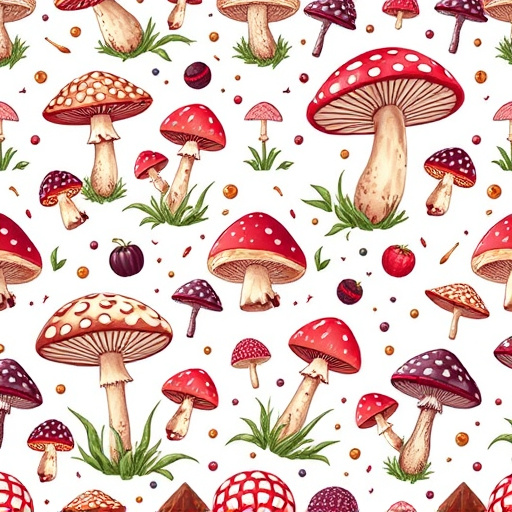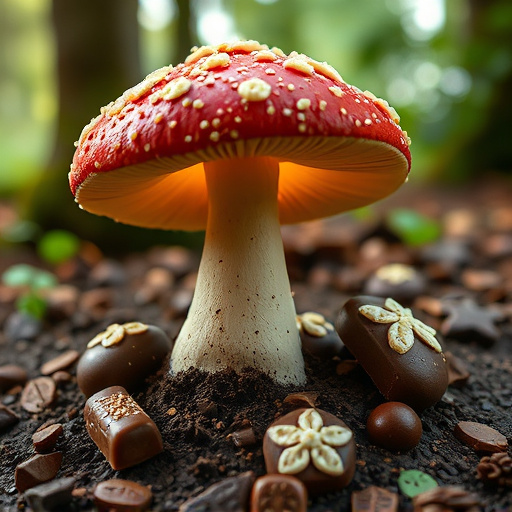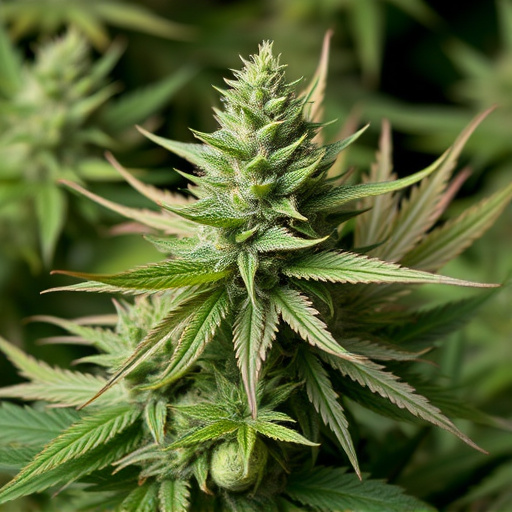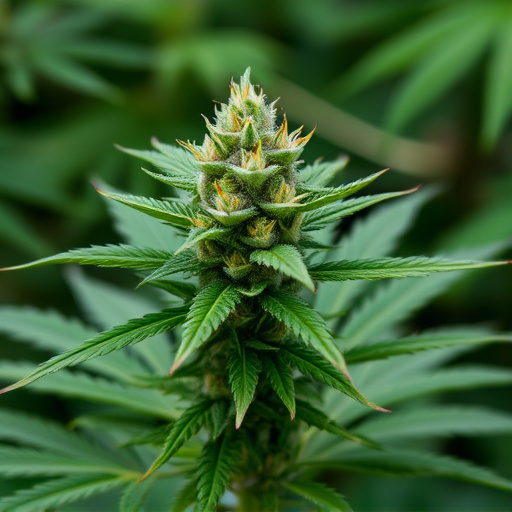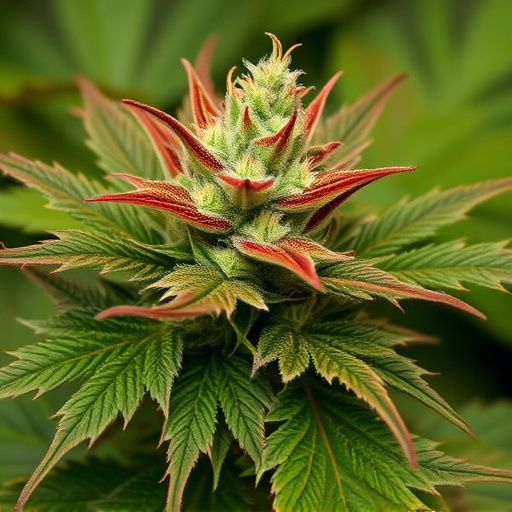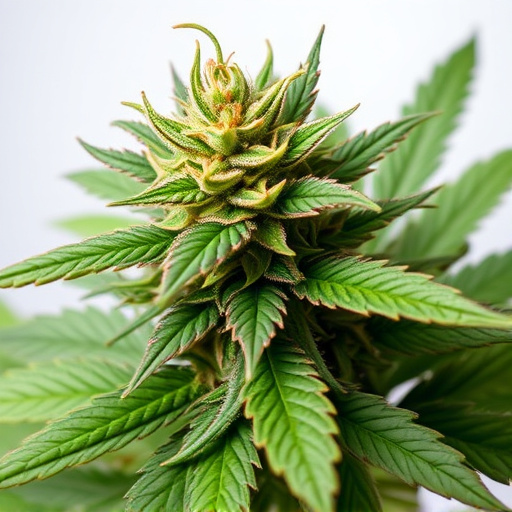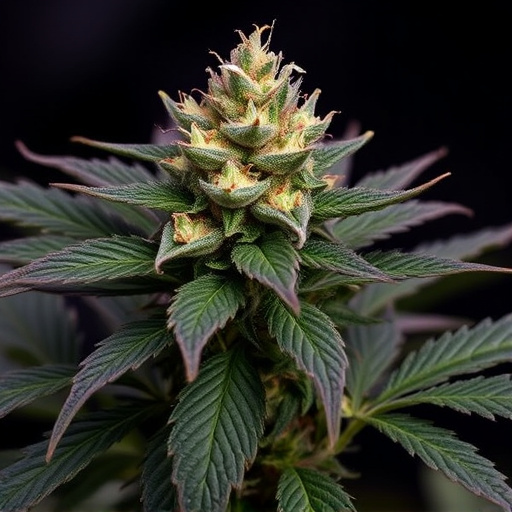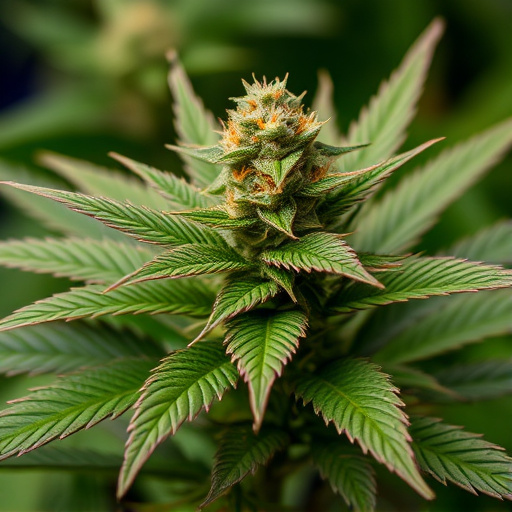The growth environment of cannabis plants significantly influences their cannabinoid profiles and therapeutic potential, particularly for managing pain. Indoor cultivation offers precise control over lighting, temperature, humidity, and nutrition, leading to higher THC concentrations suitable for pain relief. Outdoor cultivation exposes plants to natural variations, resulting in balanced THC and CBD levels with anti-inflammatory and analgesic properties, ideal for chronic pain conditions. Both methods produce unique best cannabis strains for pain, each offering distinct therapeutic benefits based on their specific growth environment.
“Uncover the subtle yet significant differences between indoor and outdoor-grown cannabis flowers in this comprehensive guide. Growth environment plays a pivotal role in shaping the cannabinoid composition, terpene profiles, and overall aroma of these plants. We delve into the unique characteristics of each setting, exploring how lighting, temperature, and humidity influence plant development. Furthermore, we uncover the best cannabis strains for pain management, highlighting indoor and outdoor cultivators’ advantages for specific therapeutic properties.”
- Growth Environment Impacts Cannabis Composition
- – Explore the effects of indoor vs outdoor growing on cannabinoid profiles
- – Discuss how lighting, temperature, and humidity differ between settings
Growth Environment Impacts Cannabis Composition
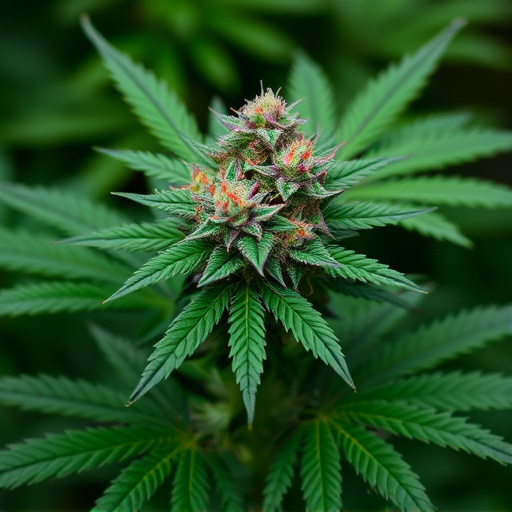
The growth environment plays a pivotal role in shaping the composition and characteristics of cannabis flowers, ultimately influencing their therapeutic potential and the overall user experience. Cannabis plants are highly sensitive to their surroundings, and whether they’re cultivated indoors or outdoors can lead to distinct differences in their makeup.
Indoor cultivation, often employing advanced lighting systems and controlled climate conditions, allows for precise manipulation of environmental factors like light intensity, temperature, and humidity. This controlled setting encourages specific cannabinoid profiles, with some strains emerging as top choices for pain management due to their balanced ratios of THC (tetrahydrocannabinol) and CBD (cannabidiol). Outdoor cannabis cultivation, on the other hand, is at the mercy of natural elements, offering a more diverse range of terpene and cannabinoid expressions. The varying light spectra throughout the day and seasonal changes can contribute to unique chemical profiles that may provide different therapeutic benefits, including those sought after for pain relief.
– Explore the effects of indoor vs outdoor growing on cannabinoid profiles
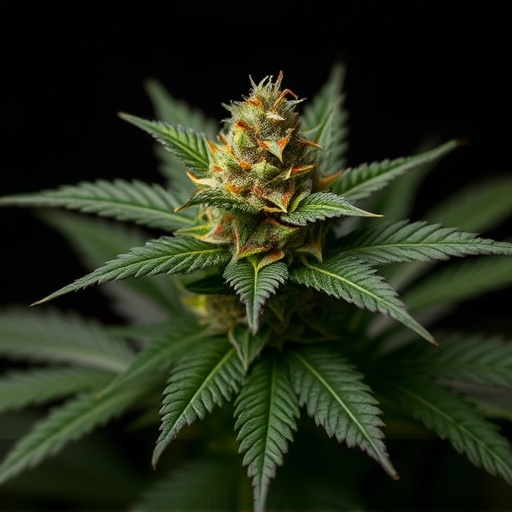
The environment in which cannabis plants are grown plays a significant role in shaping their cannabinoid profiles, ultimately affecting the overall experience and potential therapeutic benefits for users, especially those seeking relief from pain. Indoor cultivation offers precise control over factors like temperature, humidity, light cycles, and nutrition, allowing growers to optimize conditions for specific cannabinoid production. This controlled environment often results in cannabis flowers with higher concentrations of THC, known for its potent pain-relieving properties, making it a popular choice for best cannabis strains for pain management.
Conversely, outdoor cultivation allows plants to interact naturally with their surroundings, including varying light exposures, temperature fluctuations, and local soil composition. These factors can contribute to a broader range of cannabinoid profiles, often leading to more balanced concentrations of both THC and CBD. The latter is increasingly recognized for its anti-inflammatory and analgesic properties, making outdoor-grown cannabis potentially beneficial for managing chronic pain conditions. While indoor cultivation may favor higher THC levels, outdoor strains can offer unique therapeutic advantages due to their natural adaptation to diverse environmental stimuli.
– Discuss how lighting, temperature, and humidity differ between settings
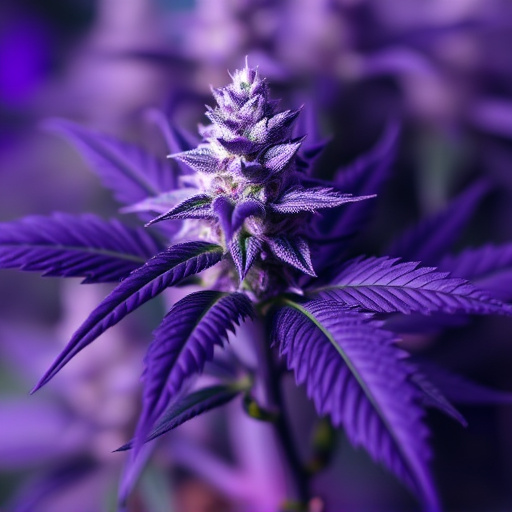
The environment in which cannabis flowers are grown significantly influences their final traits, particularly when comparing indoor and outdoor cultivation. Lighting is a pivotal factor; indoors, growers can precisely control light intensity and spectra, often employing high-pressure sodium (HPS) or LED lights to mimic the sun’s natural spectrum, which is ideal for promoting robust growth and maximizing cannabinoid production. In contrast, outdoor plants are exposed to natural sunlight, varying in intensity and spectral composition throughout the day and seasons.
Temperature and humidity also differ markedly between these settings. Indoors, growers can maintain consistent temperatures around 70-85°F (21-29°C), ideal for many cannabis strains, including those renowned for their therapeutic properties like some of the best cannabis strains for pain. Humidity levels can be carefully regulated to suit the plant’s needs. Outdoors, temperature fluctuations are more extreme, with daytime heat and nighttime drops, testing the plants’ resilience. Humidity varies based on environmental conditions, offering a less controlled but natural environment that can enhance terpene production, contributing to the plant’s unique aroma and potential therapeutic effects.
The environment in which cannabis is grown plays a significant role in shaping its composition and potency. Indoor and outdoor cultivation methods result in distinct cannabinoid profiles, with indoor-grown plants often offering more consistent, higher concentrations of specific cannabinoids sought after for medical purposes, such as those effective for pain management. Understanding these differences is crucial for cultivators and consumers alike, especially when seeking the best cannabis strains for pain relief. By considering growth environments, we can better appreciate the unique characteristics that make each strain a potential remedy.
